
 Mr. Swapnil Bhowmick
Mr. Swapnil Bhowmick
Hernia Diet - What Should I Eat/Avoid ?
Hernia Diet
Hernia is a medical word for a condition in which a portion of an internal organ, such as the stomach, protrudes through the surrounding muscle or tissue wall.
Types of Hernia
The following are the most frequent forms of hernias:
Inguinal hernia
This form of hernia occurs when a portion of the intestine protrudes through the inner thigh, near the groin.
Umbilical hernia
Fat tissues protrude out through the abdomen at the navel in this form of hernia.
Hiatal hernia
It occurs when a portion of the stomach protrudes into the chest cavity.
Incisional hernia
This form of hernia occurs when fat tissue bulges from the site of a healed abdominal or groin incision.
Epigastric hernia
The fat tissues protrude between the navel and the end of the sternum (middle part of the ribcage) in this form of hernia.
Femoral Hernia
This hernia happens when part of the small intestine protrudes through the groin or inner thigh.
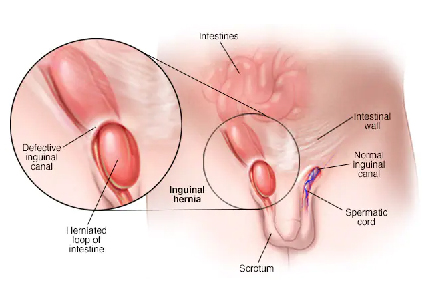
What are the Symptoms of Hernia?
The following are some of the most frequent hernia symptoms:
● A protrusion in the abdomen, at the navel, or near the chest
● The size of the bulge is constantly growing.
● Pain while lifting heavy weights.
● Obstruction of the bowel (obstruction in the intestines)
● Constipation
● Heartburn and gastroesophageal reflux
● Bloating
Certain foods can both alleviate and aggravate the symptoms of a hernia. In this post, we will discuss which foods are recommended and which are not if you have a hernia.
Now let’s find out the answers to common and frequently asked questions related to hernia diet.
What to Avoid in hernia ?
The meals listed below are either very acidic or may weaken the lower esophageal sphincter, making it easier for stomach acids to back up into the esophagus. They have the potential to induce heartburn problems:-
● Red meat, organ meats, and shellfish are high in cholesterol.
● Meals cooked with hot oil.
● Meals containing a lot of oil, as well as foods containing a lot of cream and cheese.
● Saturated fats such as palm oil, butter, margarine, and ghee should be avoided.
● Citrus fruits and juices such as oranges, grapefruits, cranberry juice, and lemonade, as well as orange juice, grapefruit juice, cranberry juice, and lemonade
● Chocolate
● Onions with garlic
● Food that is hot and spicy
● Spearmint and peppermint
● Spaghetti sauce, pizza, chili, salsa, and tomato juice are all tomato-based meals.
● Coffee, tea (including decaffeinated varieties), and alcoholic beverages
● Beverages with carbonation
What to eat in hernia ?
The following foods are low in acid production and are less likely to worsen hernia symptoms:
● Include HDL-rich foods like almonds, walnuts, oats, and flax seeds in your diet.
● Tuna, sardine, salmon, and mackerel are examples of fatty fish.
● Consume egg whites and chicken skins.
● Whole grains, legumes, vegetables, and fruits are high in fiber and hence healthy
● Low-fat milk products should be included.
● Incorporate one cup of green tea
● Introduce some physical activity into your daily regimen.
● Include soluble fiber-rich foods including banana, oats, apple, guava, beans, avocados, berries, barley, quinoa, flax and chia seeds, figs, coconut, and okra (ladies finger).
● Apples and bananas
● Broccoli, green beans, peas, carrots, and peas
● Cereals (bran and oatmeal), bread, rice, pasta, and crackers are examples of grains.
● Low-fat or skim milk, as well as low-fat yogurt
● Fat-free cheeses, cream cheese, and sour cream are all options.
● Fish, chicken, and lean meat
● Water
● Pretzels, graham crackers, rice cakes, and baked potato chips.
● Low-fat desserts (no chocolate or mint).
Which Food can be Taken Easily?
The common food items that can be consumed easily:-
● Meat, Fish, and Poultry: Chicken (fowl and/or lean), freshwater and saltwater fishes.
● Almonds, cashews, walnuts, pistachio, vegetable oil, olive oil, and mustard oil.
● Cereals and pulses: whole wheat products, atta, maida, brown bread, arhar daal, toor daal, bengal grams, chickpeas, kidney beans.
● Toned milk, curd, paneer, tofu, lassi, and chhach are examples of milk and milk products.
● Carrot, beet, pumpkin, bottle gourd, pointed gourd, bitter gourd, drumsticks, methi leaves, coriander leaves, spring onions, tomato, bell peppers, mushrooms, and baby corns
Conclusion
Some of the items on the "foods to avoid" list may not affect you, but others on the "foods to love" list may cause pain. Everyone’s body reacts differently to various food. Keep a food journal for a few weeks to discover the ideal diet for you. Then, avoid anything that causes you to have symptoms.

Mr. Swapnil Bhowmick
A motivated student of Medicine & Surgery (MBBS) at R. G. Kar Medical College & Hospital, Kolkata, having a knack for reading and composing medical literature. When he's not writing content for MEDtalks, Swapnil is usually looking up the latest trends and innovations in Medicine.


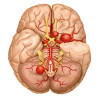
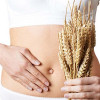
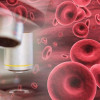
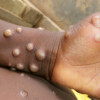
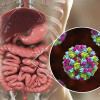



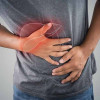
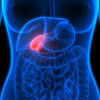
.jpg)
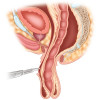
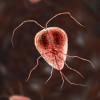

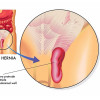
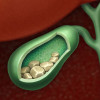
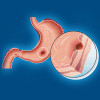

Please login to comment on this article